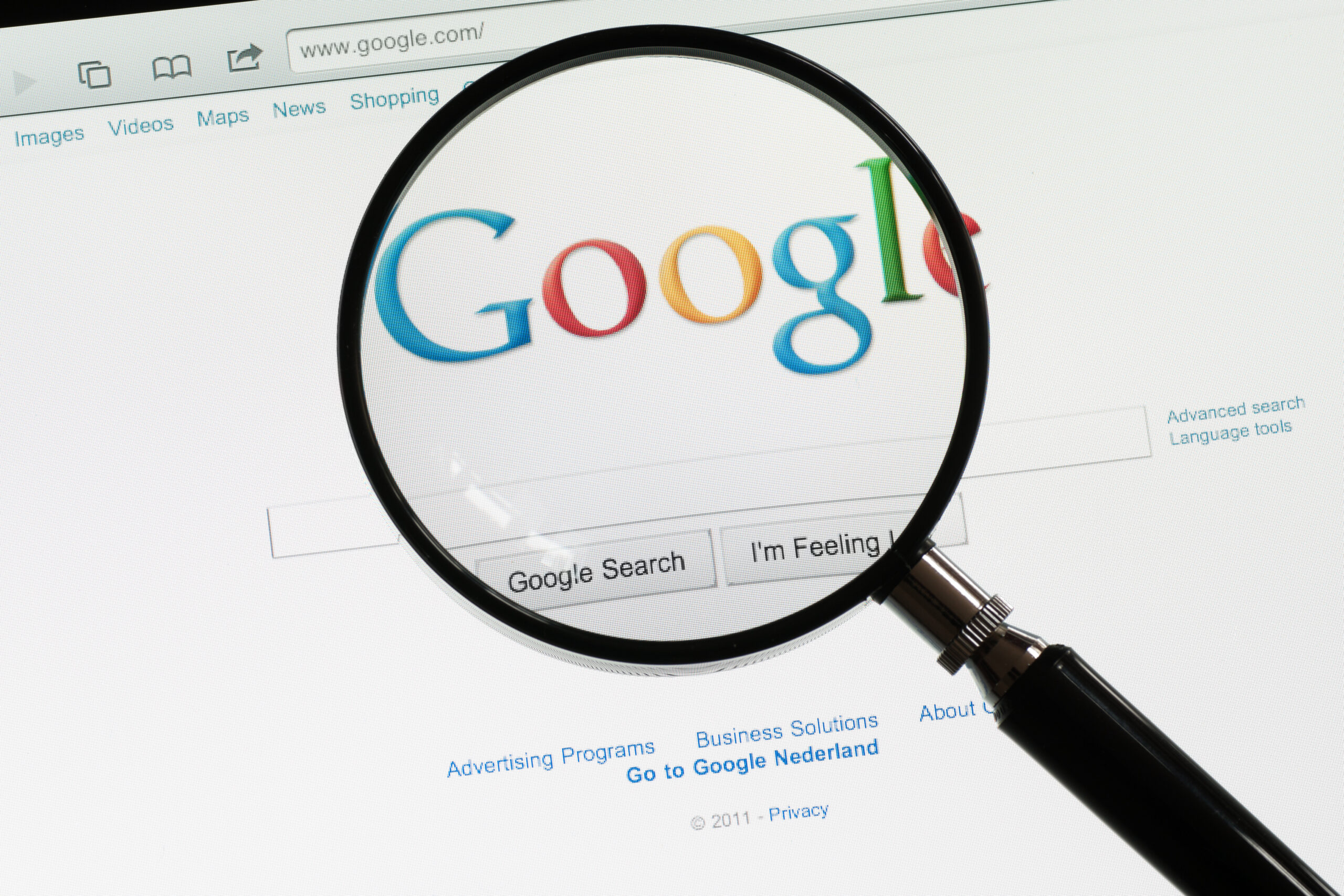Send With Confidence
Partner with the email service trusted by developers and marketers for time-savings, scalability, and delivery expertise.


Time to read: 3 minutes
Our internal analysis shows abandoned accounts are at least 10x less likely than active accounts to have 2-step verification set up. Meaning, these accounts are often vulnerable, and once an account is compromised, it can be used for anything from identity theft to a vector for unwanted or even malicious content, like spam.
Partner with the email service trusted by developers and marketers for time-savings, scalability, and delivery expertise.